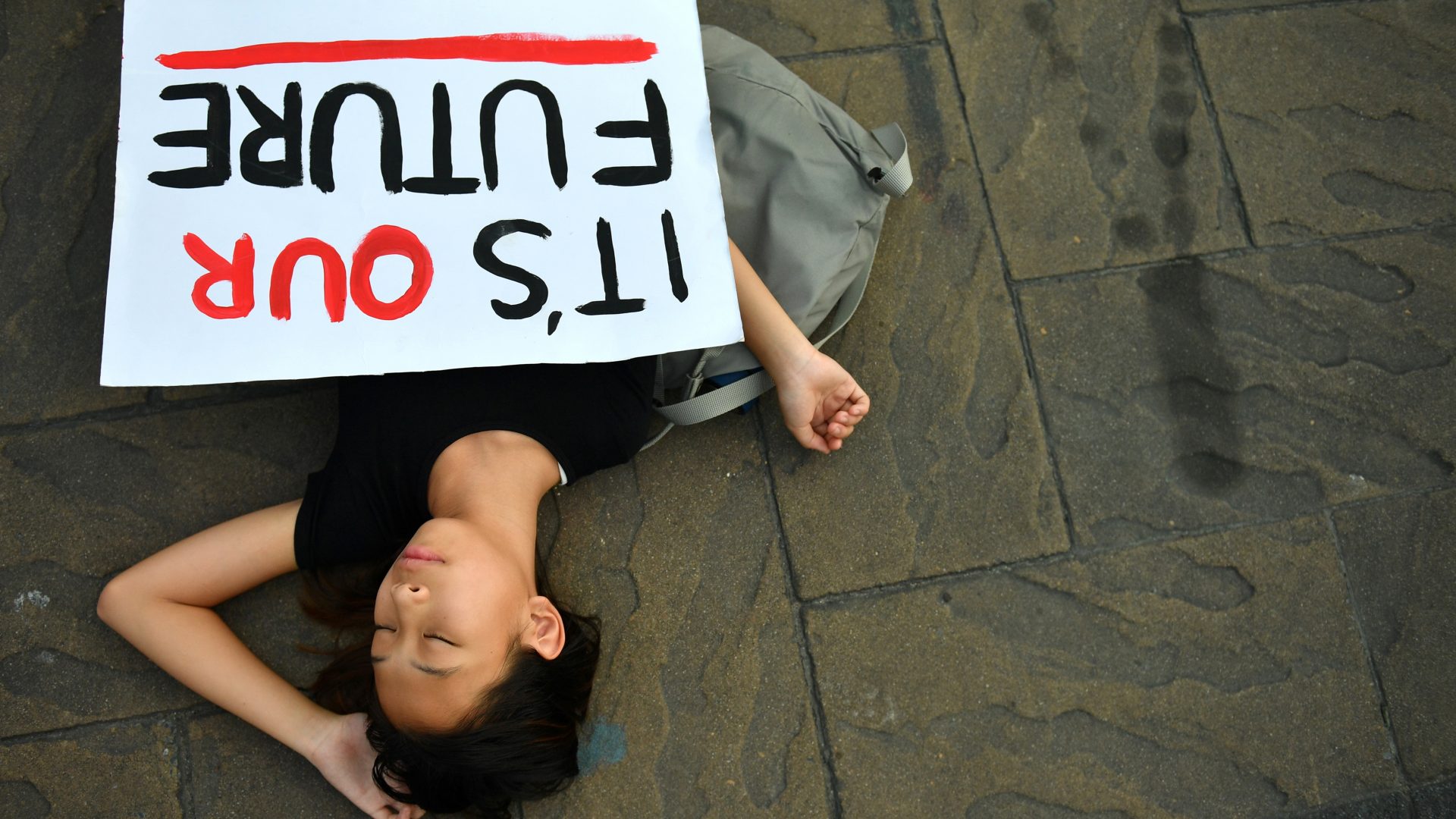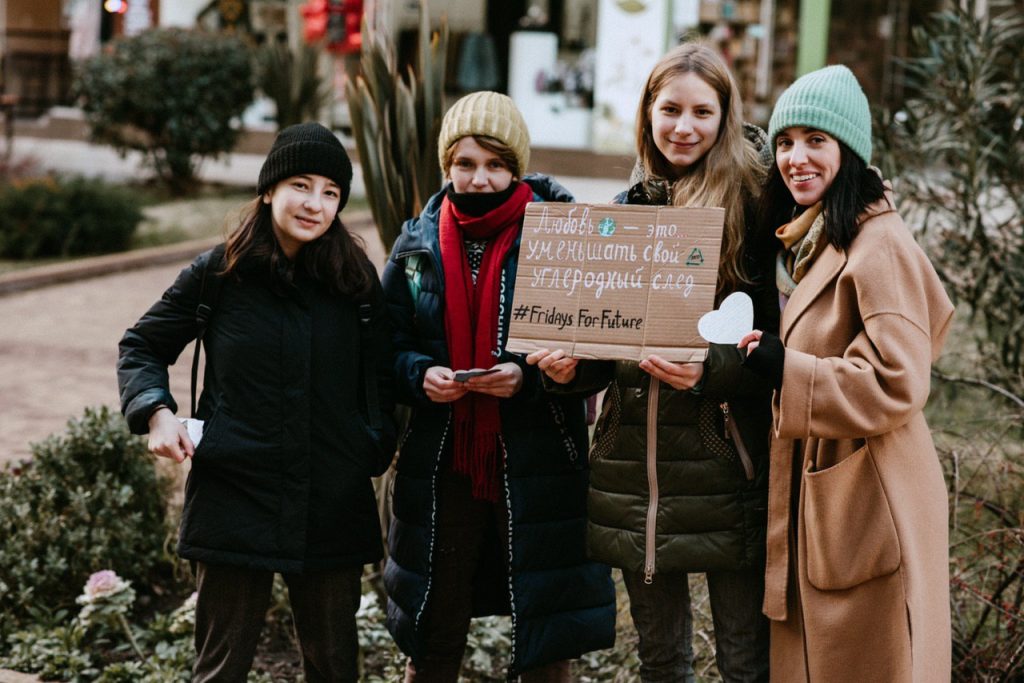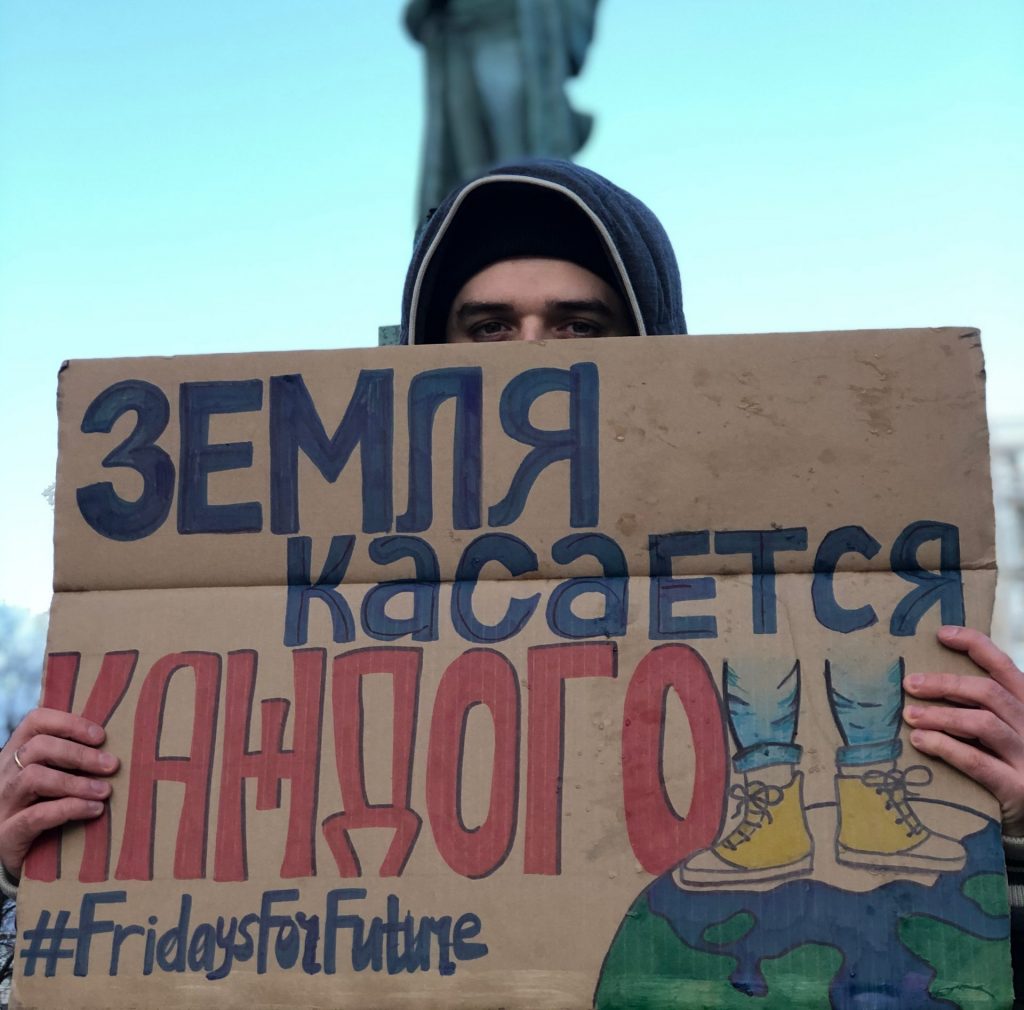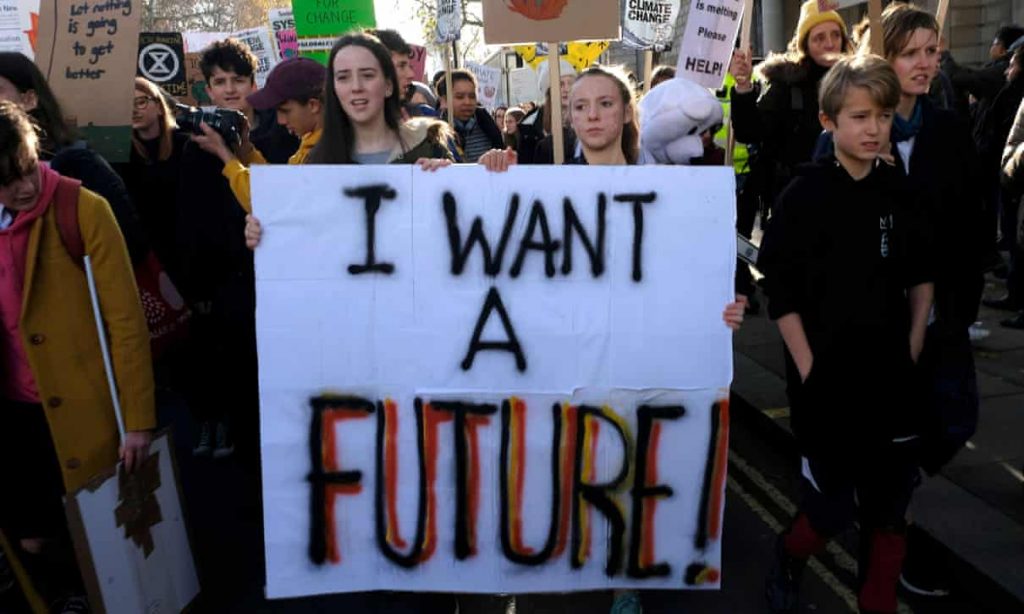Many question why millions of children and adults across the world are taking the time to strike: don’t they have school, work or other responsibilities?
The answer is simple: We strike because we have no choice. We are fighting for our future and for our children’s future. We strike because there is still time to change, but time is of the essence. The sooner we act, the better our shared future will be.
35 seconds from now, you may want to help save the climate.
Lower warming, lower risk
The Earth is already warming. In the 2015 Paris Agreement, countries undertook to pursue ambitious efforts to limit global temperature increase to well below 2°C above pre-industrial levels and efforts to limit the long term temperature increase to 1.5°C. Achieving this target, says the IPCC, will mean fewer climate-related risks for natural and human systems than warming of 2° Celsius. Higher levels of warming are causing worse heat waves, more droughts and floods, and higher sea level rise, causing destruction to the earth we have inherited. These effects will impact everyone – rich and poor – and be most devastating to our most vulnerable: the poorest and youngest people.

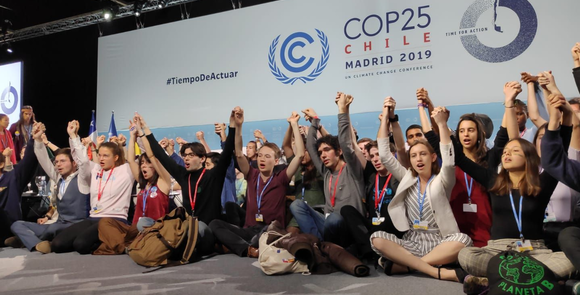

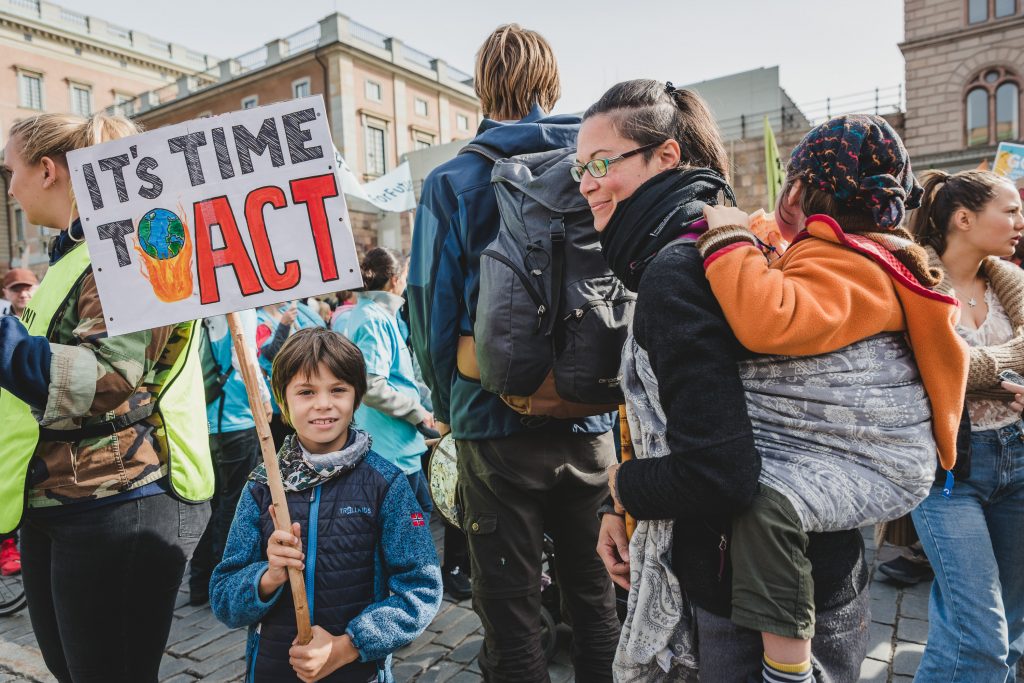
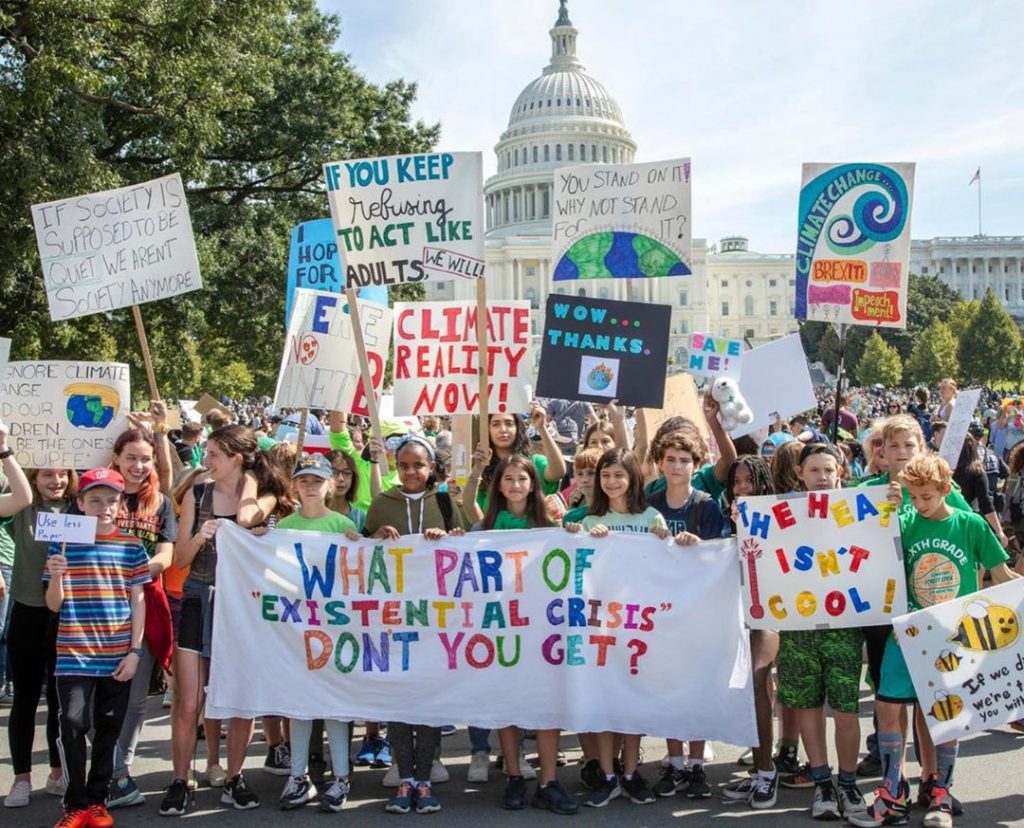
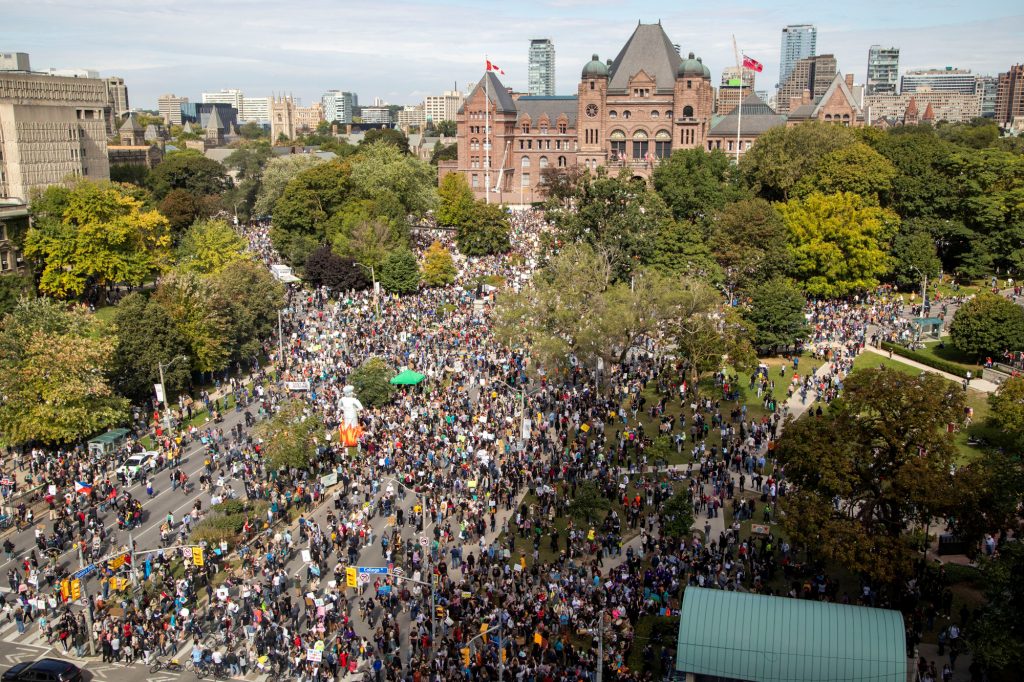
We Demand action
Not enough is being done to limit warming – not even close. This is why Fridays For Future’s mission is to unite behind the science and make those in power take the facts seriously, and act accordingly. We strike for our own future but also for the future of coastal peoples, farmers, indigenous people, and others who are already suffering because of climate change. Farmers in countries like the US, the UK and India are already committing suicide because droughts and floods have undermined their livelihood.
The good news is that scientists believe limiting warming is absolutely technically possible. With renewable energy technologies, changes in farming and transport, and other big changes, we can limit warming and avoid even worse outcomes. Scientists have modeled these pathways to a better future in detail, we simply need our leaders to embrace them. Scientists have been demanding this for 50 years and haven’t been listened to, and that is why we are taking to the streets. Non-violent protesting is an effective way to bring change.
The crisis is already here
So, we say to those who question our actions: How can we study or work for a future, which is being destroyed in front of our eyes? We are losing football-sized fields of irreplaceable Amazon rainforest every minute. Why should we spend the time and effort on an education, when our governments are not listening to the finest scientists? Why should we study so we can do great things later, when the time for greatness, for action, is now? Humans created this crisis, so humans have to stop it – or face global destruction. Already, we see heat waves, droughts, wildfires, floods and 200 species are disappearing every day from the face of the earth, never to return.
It is important to add that while we want—even demand—action to keep global warming under 1.5 degrees Celsius, we will not quit or go away if the planet hits that mark. No matter what happens, it is never “too late.” There are always better and worse futures to be had. We will not give up.
Civil disobedience is effective
Collective action helps us cope with climate anxiety and worry. Striking together brings us hope, and it really does lead to direct change – we learned this much in the history classes you say we should be in. Fridays for Future is powerful. There is a better life on the other side of the crisis.
| External Links |
|---|
| Climate Basics https://youtu.be/ffjIyms1BX4 |
| What is the Paris Agreement https://unfccc.int/process-and-meetings/the-paris-agreement/what-is-the-paris-agreement |
| Dive into the science Nasa https://climate.nasa.gov/ |
| Crash Course in Climate Change www.tellus.geo.su.se/climate.html |
| Jump into the numbers The world’s richest 10% responsible for almost half of all lifestyle consumption CO2 emissions. https://oi-files-d8-prod.s3.eu-west-2.amazonaws.com/s3fs-public/file_attachments/mb-extreme-carbon-inequality-021215-en.pdf |
| Scientific Briefing (April 2021): https://climateanalytics.org/briefings/15c-key-facts/ |
| Response and scientific rebuttal of Climate Analytics to Climate Council of Australia Report: https://climateanalytics.org/publications/2021/a-fact-check-of-the-climate-council-of-australias-report-aim-high-go-fast/ |
how to strike
Check how you can make a difference with a strike or action.

